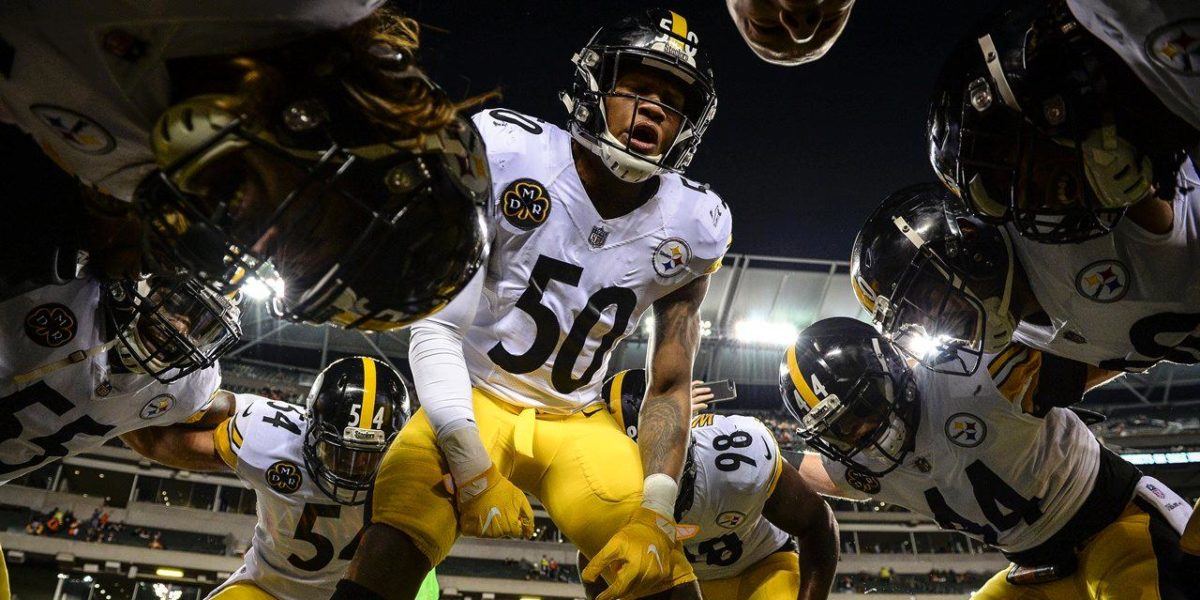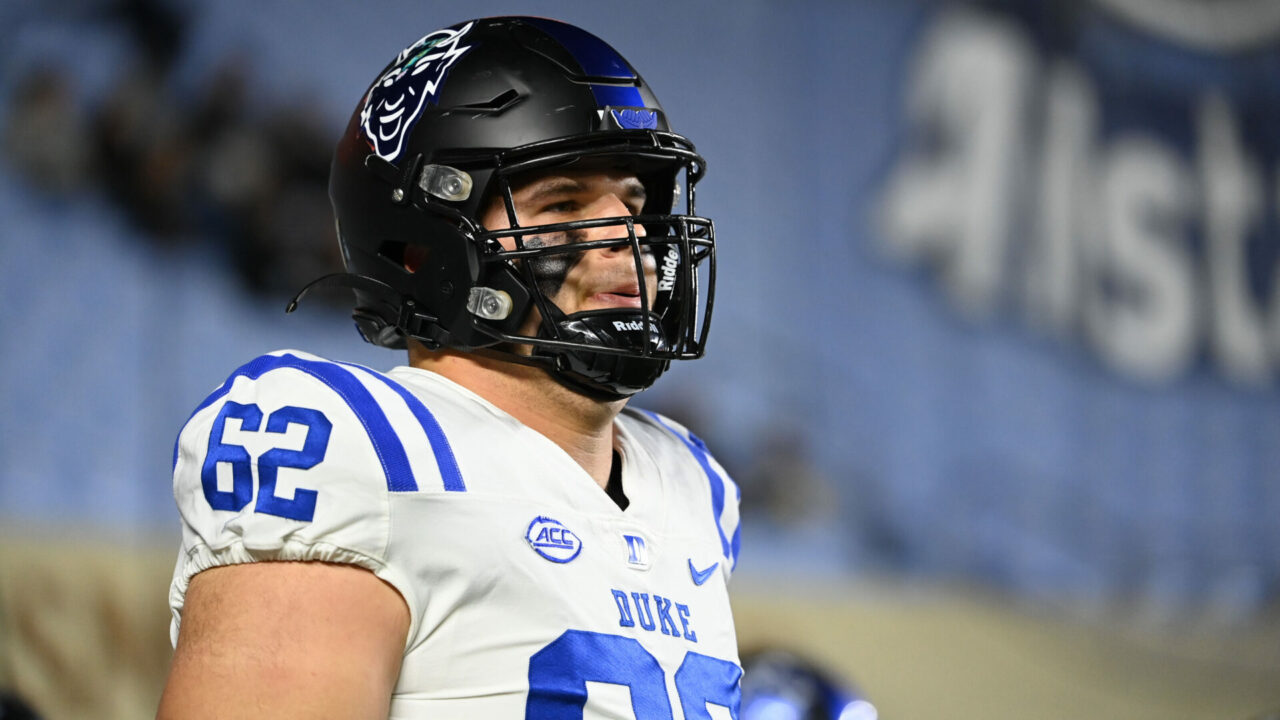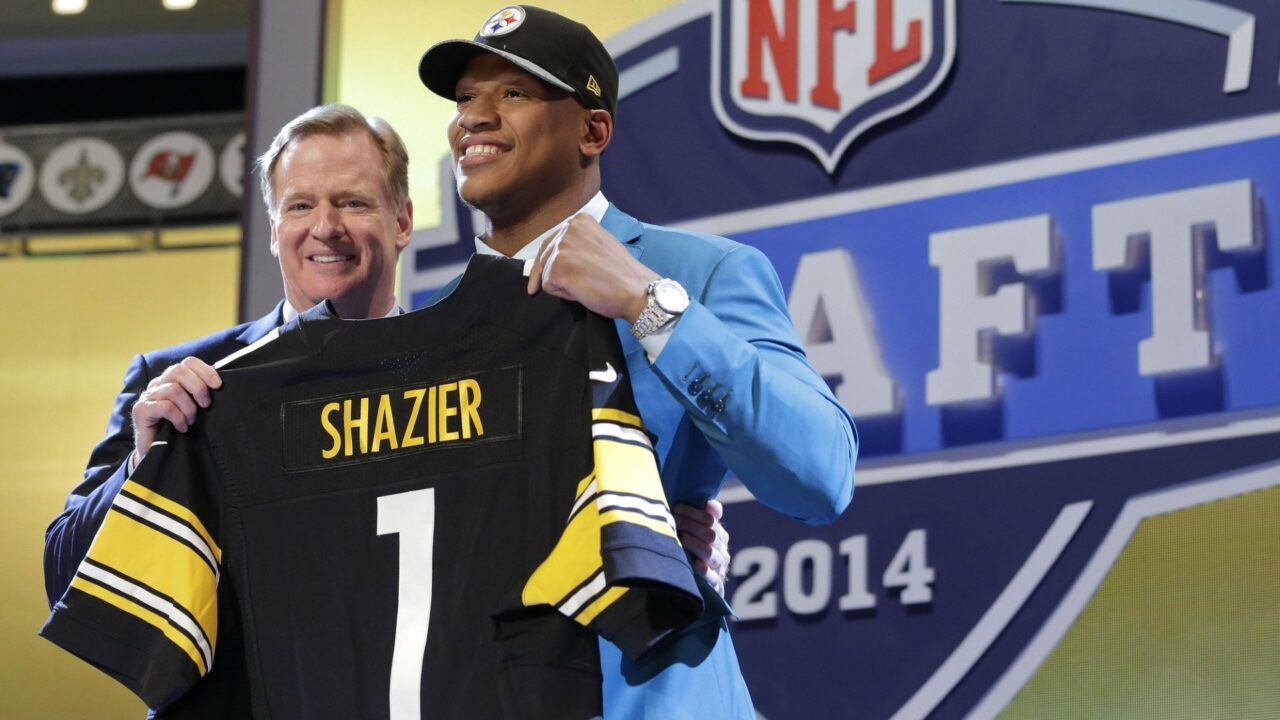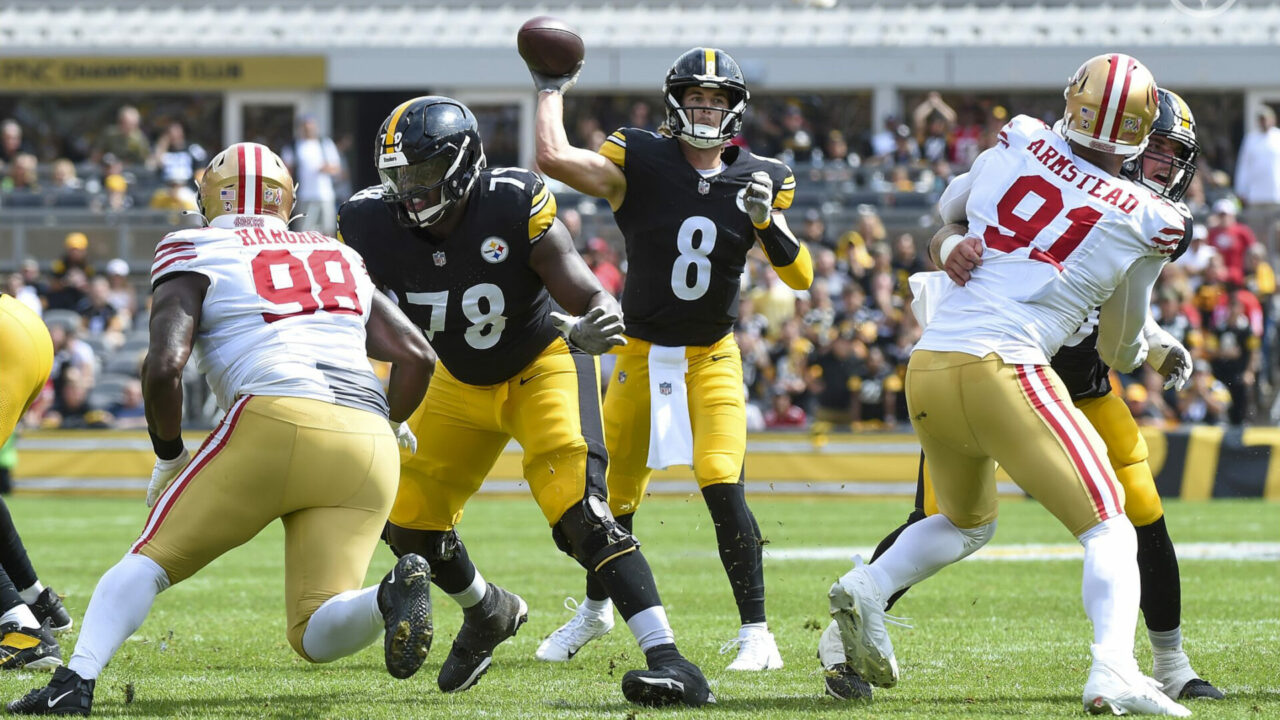‘Shalieve’ has become rallying force behind improved Steelers defense
The Pittsburgh Steelers were receiving a lot of attention and accolades before the 2017 NFL regular season even kicked off. With the now-famed ‘Killer B’s’ all healthy and on the field, the media and analysts focused on the juggernaut Pittsburgh’s offense looked to be. The Steelers’ defense, however, was relatively overlooked. The players on that side of the ball didn’t really need a wake-up call, but they received one when linebacker Ryan Shazier was seriously injured against the Cincinnati Bengals. Since that time, Pittsburgh’s defense has rallied around their friend and teammate and the ‘Shalieve’ movement to show that their faith in him is strong enough to make them a more unified unit regardless of what their teammates on offense are focusing on.
Week-to-week following Shazier’s injury, his teammates on defense struggled with their emotions while trying to maintain focus on improving its play. Over the years, it had been a strong defense that had helped the Steelers get to (and win) Super Bowls. Defined by hard-nosed play, defense was what helped the Steelers become Super Bowl Champions in 2005, 2007 and finish as runners-up in 2010.
Things shifted, then, to a potent offense that could scorch enemies up and down the field, but beginning in 2014, the Steelers were back in the ‘defense wins championships’ mindset and selected both Shazier and defensive end Stephon Tuitt (2014), grabbed Bud Dupree (2015), gave Heyward a six-year extension, drafted Artie Burns and Sean Davis (2016), and added T.J. Watt (2017).
During the offseason, the Steelers continued to add pieces to a revamped, quicker defense while allowing opponents to focus on the potential danger the offense presented. That didn’t phase safety Mike Mitchell. “Keep focusing on the offense,” Mitchell said in December. “We’re going to keep holding (teams) to 14 points… I’m just gonna say it. We’re gonna win the Super Bowl.” Dismiss Mitchell’s statements as nothing more than bravado, but as one of the guys who consider Shazier to be one of his closest friends, it’d be a mistake to believe that he’s anything more than 100 percent serious.
Linebacker Vince Williams, a guy many thought may end up a ‘bust’ after being selected in 2013, made a deal with Shazier at the beginning of the season. They pushed each other on and off the field. Shazier would chase an elusive interception goal while helping Williams grab the sacks title. In the first half of the season, both were on track with Williams recording five sacks (he currently has eight) and Shazier grabbing three interceptions (and having several near-misses). Williams spent most of the game against the Bengals in tears after watching Shazier removed from the game. He vowed later that even if Shazier couldn’t be next to him on the field and make a run for the Super Bowl, he’d make sure he did everything he could – whatever it took – to do it for his friend.
Cam Heyward, battling with an injury himself, kept pushing his teammates and reminding them that they were playing more than just a game; they were playing to win and telling guys that he didn’t care if he got a Pro Bowl nod or not, he cared most about his teammates – including Shazier. He rallied them verbally and emotionally around him. With 12 sacks during the regular season (tied for 8th in the league), Heyward also led by example.
Young guys and veterans bought into it and the defense started to be something teams had to carefully consider as well as the Steelers offense. The Steelers reached out and brought in cornerback Joe Haden who, with William Gay, Coty Sensabaugh, Mike Hilton, Burns, and Davis, would alter defensive coordinator Keith Butler’s playbook. Butler now had the option of a full-time strong safety, a nickel corner, a guy who could play in the dime packages, and the ability to modify not only their look in the backfield but free up more flexibility in how he designed blitzes and hid coverages from opposing offenses.
Yes, the Steelers defense still had some issues handling the run. That was an initial concern immediately after Shazier’s injury. Who would they insert into a position that the young linebacker managed effectively? Thankfully, the Steelers saw Tyson Alualu, Javon Hargrave, L.J. Fort and Anthony Chickillo and Tyler Matakevich and Arthur Moats step up their play. The Steelers added Sean Spence to the mix. T.J. Watt took James Harrison’s spot on the roster and proved he could cover the run and drop into coverage against big tight ends and quick slot receivers in the slant.
The Steelers haven’t needed to use the ‘blitz’ as often to get pressure on opposing offenses because Heyward and Tuitt have banded together with their teammates, who rotate in and out of the lineup, to create a strong defensive front. That strength up front has allowed the linebackers and a deeper, improved secondary to force opposing quarterbacks to take more time in their reads and progressions, often forcing them to take the underneath pass or try to pound the ball in a ground game among the trenches to get conversions and points on the scoreboard.
The secondary improved their coverage overall as the defensive front got more aggressive. It was a natural progression. Meanwhile, the Steelers defense as a whole recorded a franchise-record 56 sacks – the highest team total in the NFL since 2013. It wasn’t just a couple players who got involved, but 15.
No, the Steelers defense no longer stands in the shadow of their counterparts on offense. With a very active ‘Shalieve’ movement in favor of rallying around their teammate, Ryan Shazier, the Steelers defense has become a dominant, unified force and look to carry that all the way through the playoffs into a Super Bowl championship.









